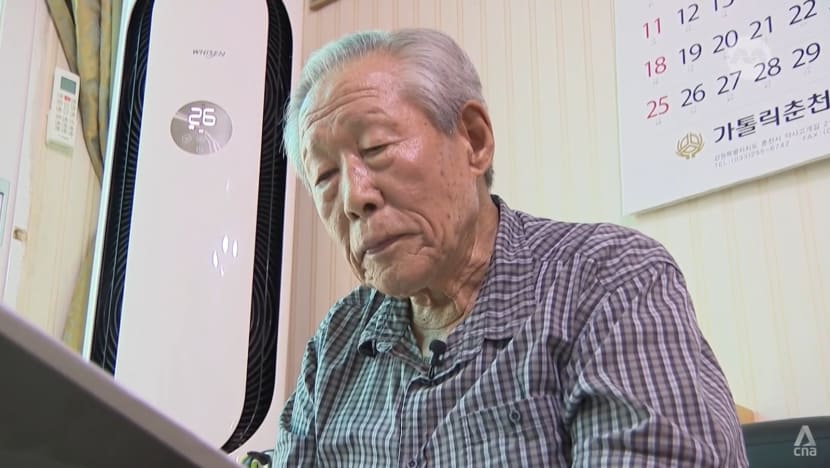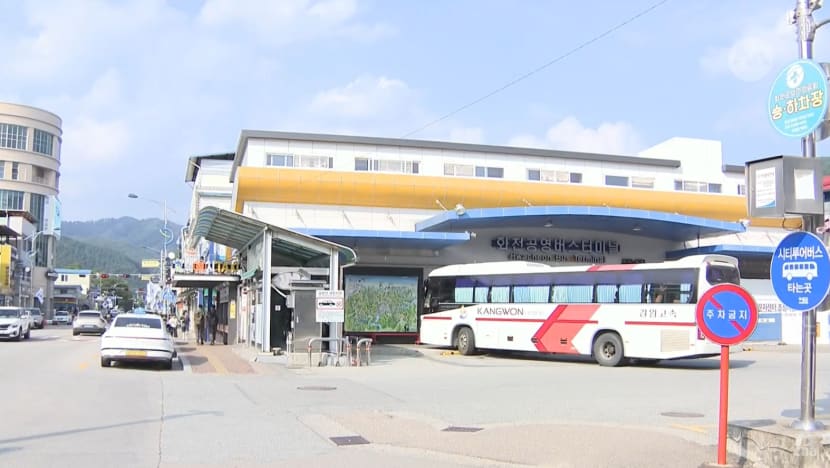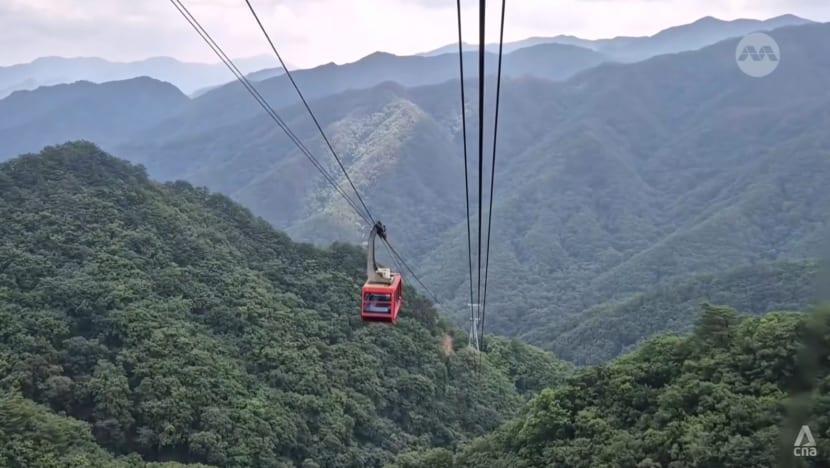‘Your heart feels crushed’: South Koreans mourn loss of family ties more than 70 years since the Korean War
One 92-year-old left his home in North Korea at the age of 18 for military training and never saw his family again.

Mr Kim Sang-ho, 92, left his home in North Korea for military training when he was just 18 years old. He has never been able to return since.

This audio is generated by an AI tool.
GANGWON, South Korea: When he was 18 years old, Mr Kim Sang-ho left his home for military training. He promised his mother he would return to their home in North Korea soon.
More than 70 years later, he still has not been able to keep his word.
They were separated just before the Korean War broke out in 1950, and Mr Kim has been left stranded in South Korea ever since.
Now, at the age of 92, he is left with just memories of her.
"She had an average height and was very cheerful. My father had died, and so my mother had a difficult time,” he told CNA.
“I miss her a lot, but I won’t be able to see her anymore. Maybe I'll see her again when I’m dead." He also left behind two brothers and two sisters, and does not know if they are still alive.
The North was previously occupied by the Soviet Union, which established the Democratic People's Republic of Korea as a communist state in 1948.
The Korean War was a result of the North invading the South in an attempt to unite the peninsula by force.
However, the war ended in 1953 with the signing of an armistice, leaving the country still divided and families torn apart.
South Korea observes the Day of Separated Families on the 13th day of the eighth month on the lunar calendar, which fell on Sunday (Sep 15) this year.
KOREA DIVIDED
Mr Kim said the war began during his military training, leaving him no choice but to join the North’s Korean People’s Army.
He was sent to the capital Pyongyang and later to Kaesong in the country's south, where he served as a sentry.
During the war the North Korean forces made their way all the way to the South but were later was pushed back into retreat. Mr Kim then found himself separated from the rest of the army and stranded alone. Needing to survive, he was forced to go up against his comrades in the North as a South Korean soldier.
"They (the South Korean military) sent me to the front lines. I had no idea where I was being sent, but I ended up being deployed to Hwacheon," he said.
When the war ended with the two Koreas divided, there was no chance he could go back home to Pyongan-buk-do – a province located in the west of North Korea.
All alone in the South, he worked tirelessly to survive.

He married, had two sons and now lives in Hwacheon – just a few kilometres south of the North Korean border.
Because of its location, many of the county’s 25,000 residents are soldiers and their family members.
Mr Kim still harbours the desire to go home, although it could be in vain.
"I do want to go back home. I have travelled to different places, but not home,” he said.
“But even if I did now, I don’t think there will be anyone for me to meet. All those close to me are probably dead by now.”
SLIM CHANCES OF REUNION
With no cross-border contact and communication allowed, the rare reunion events are the only times when families get to meet.
Only 21 reunions have been held since 2000, when the inaugural event took place. Such state-arranged reunions to briefly bring some of these families together have stopped since 2018 due to cross-border tensions.
Out of more than 132,000 South Koreans who signed up for a chance to meet their families, only about 40,000 are still alive.

For those waiting, one way they get a glimpse into life on the other side is via a cable car service in Hwacheon that opened in late 2022. It allows South Koreans to pass through the so-called Civilian Control Line – an additional buffer zone to the demilitarised zone (DMZ) dividing the two Koreas.
About 1,000 South Koreans ride the cable car every month to reach Baegamsan mountain. At the summit, visitors can peer through the free, mounted binoculars on the observation deck and see the surrounding areas.
On a clear day, visitors can see North Korea’s Imnam Dam and Mount Kumgang – about 53 km away from where the cable car operates.
Related:
Hwacheon mayor Choi Moon-soon said South Korean visitors often feel deeply affected by the view across the border.
South Koreans yearn for the reunification of the two Koreans, she said.
“The North is very close and yet very far from us. And so when you look at North Korea from our best vantage point, our desire for reunification between South and North Korea deepens, and when you think about that, your heart feels crushed,” she said.
One South Korean who rode on the cable car said: "When I go up there, it reminds me of the pain of (the two Koreas) being divided.”


















